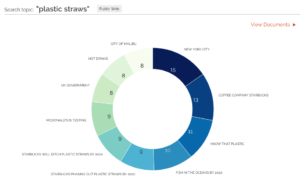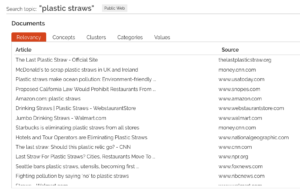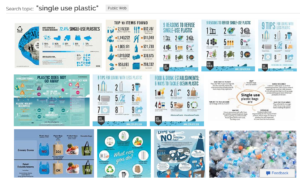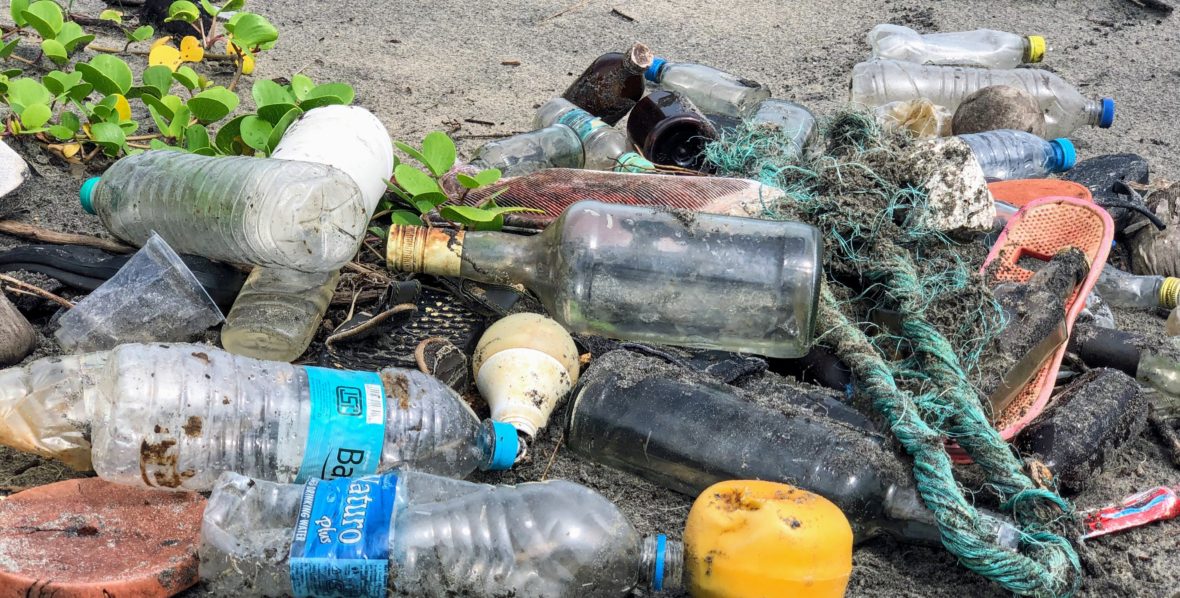Searching For Sustainability On The High Seas
“There’s a great future in plastics.”
This now iconic advice given to Dustin Hoffman’s character, Ben, in the 1967 film The Graduate, was suggested as a sure thing for his next step in life. And it was a sure thing for many businesses, for many years. But the tide has been turning for some time. And now it’s becoming a flash flood.
Let’s start with the Great Pacific Garbage Patch (GPGP). Last March, Nature.com released a study estimating the giant plastic patch is halfway between California and Hawaii, weighs 79,000 tons, covers 1.6 million square kilometers, and hasn’t stopped growing . The facts, pictures and video are now horrifying enough for everyday folks to take note and make changes.
The Last Straw
Plastic straws have been making headlines of late as the latest environmental villain. Searching for plastic straws, the first result returned in the documents is The Last Plastic Straw.org, with all the facts, as well as a documentary about the plastic straw environmental problem.


Further, an analysis of key Concepts showed some big Starbucks news, one business leader eliminating plastic straws. But clicking on “Know That Plastic” concept revealed an article from GrubStreet.com discussing what it will really mean to eliminate plastic straws. Digging deeper, a great solution highlighted by GrubStreet is the Paradise Cove Beach Café, where they began handing out dried pasta, bucatini, as a straw substitute. Cool. So Freddo!
Woke
Are plastic straws really the cause of the GPGP? Plastic pollution has its own dilemma. Consumers’ mindless consumption is at the heart of this issue. We thought that choosing paper over plastic might help change the world, but we really need to think about the products we choose for their sustainability, even when it means sacrificing convenience. Searching on “single use plastic” and doing a quick review of the related Concepts and Clusters clearly lays out the issue. Then a look at the visual gallery shows graphics outlining the major culprits and the variety of products and materials that make up our plastic problem. 
Nature.com’s report estimated that “46% of the GPGP was comprised of fishing nets” and pointed out the harm they do to hundreds of thousands of marine animals every year. Adidas is one company taking a stand, staging events and creating products out of abandoned fishing nets and upcycled waste from beaches to raise awareness in consumers and to create a second market for the fisherman’s nets.
To further complicate the issue and scramble the solutions, Fortune just posted an article on the idea that banning plastic and styrofoam could actually make pollution worse. It’s a question of resources versus waste. Banning EPS (styrofoam) would help in many ways, but it “ignores their potential to cause increases in paper waste, carbon emissions, and water pollution.” What that means: We need more solutions.
We may not all be able to substitute pasta for a problem product or build shoes out of trash but both of these approaches offer creative thinking about important problems and beg the question for everyone else: What can a brand do? Also, what can we all do?

